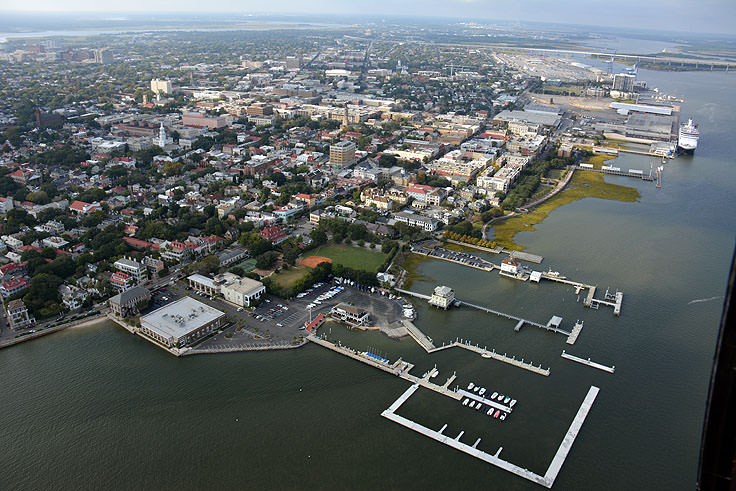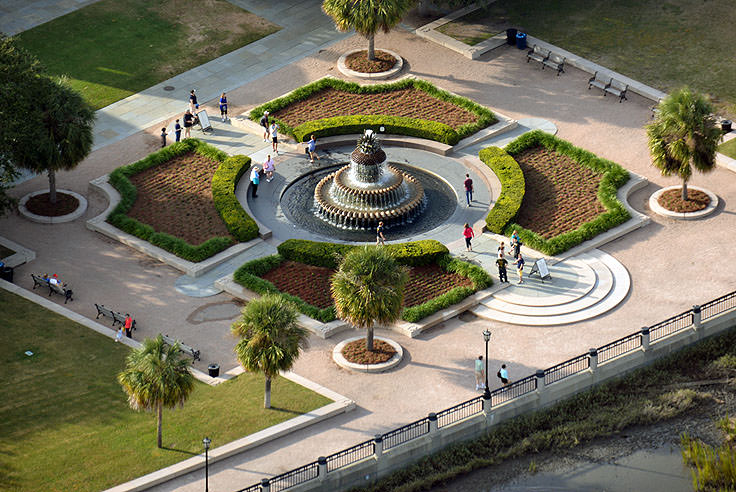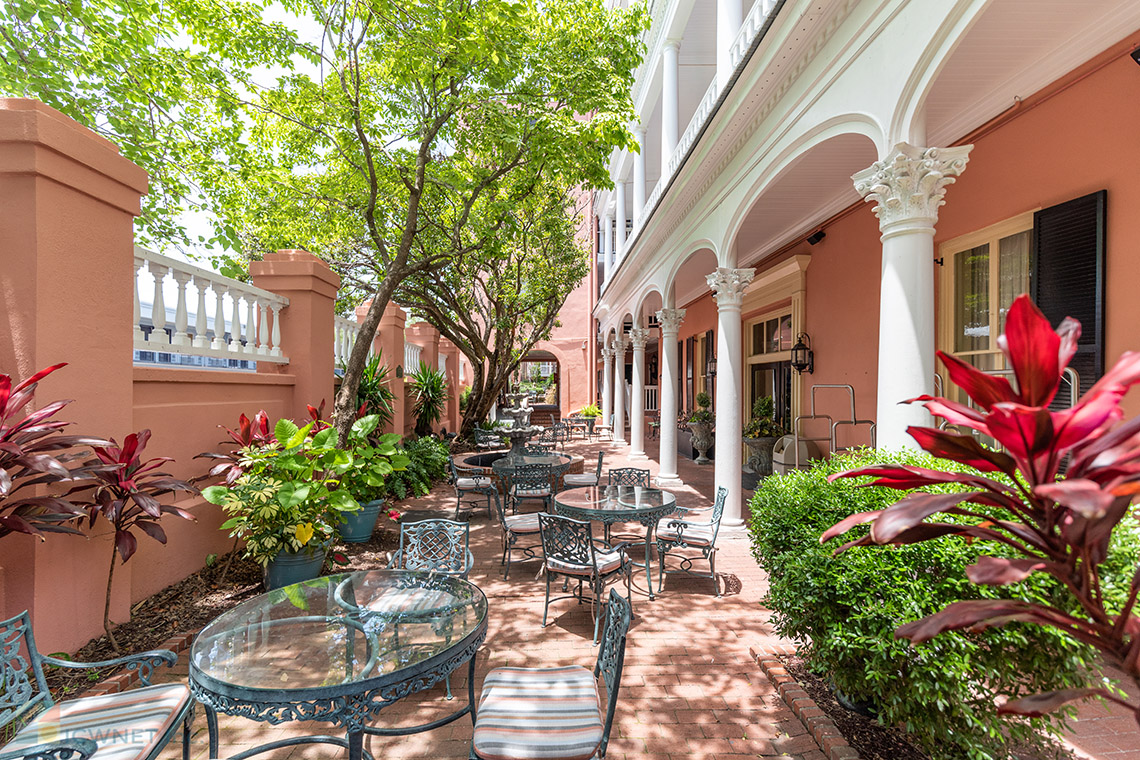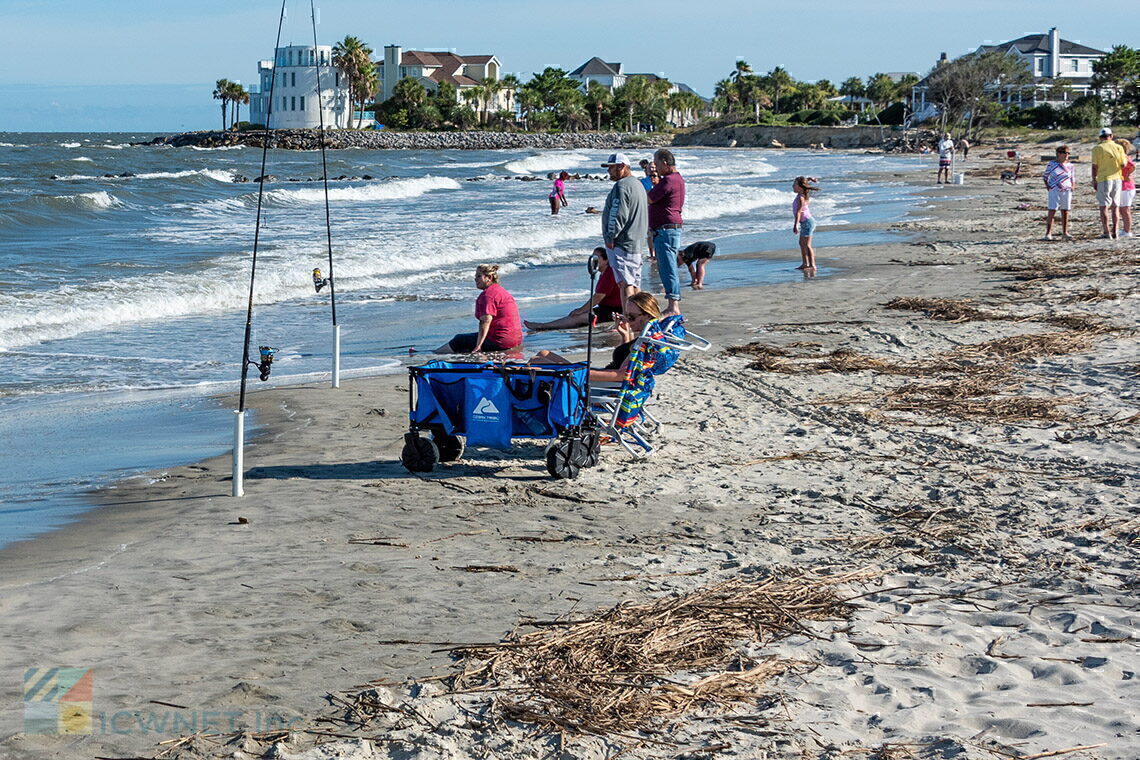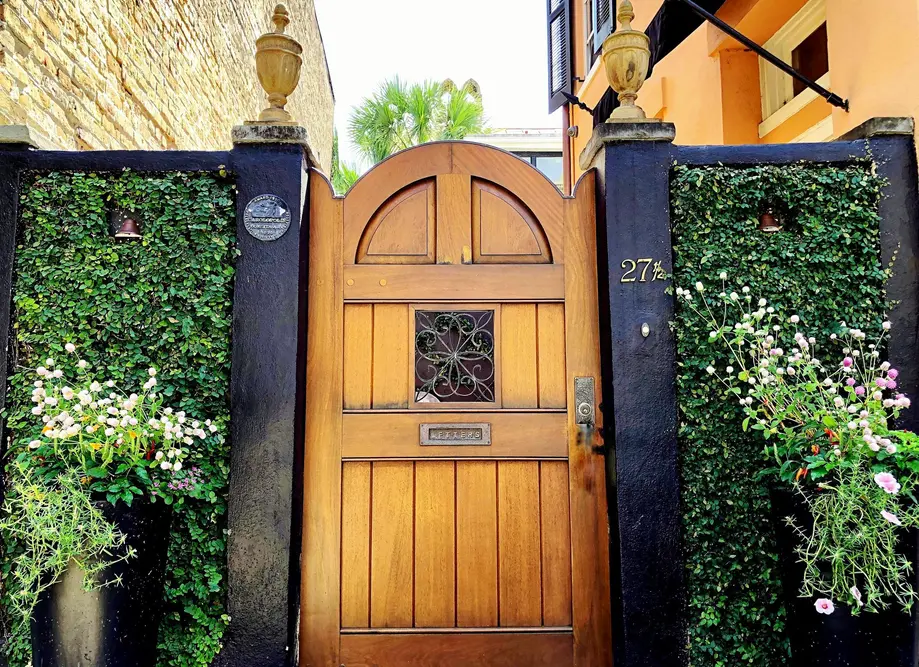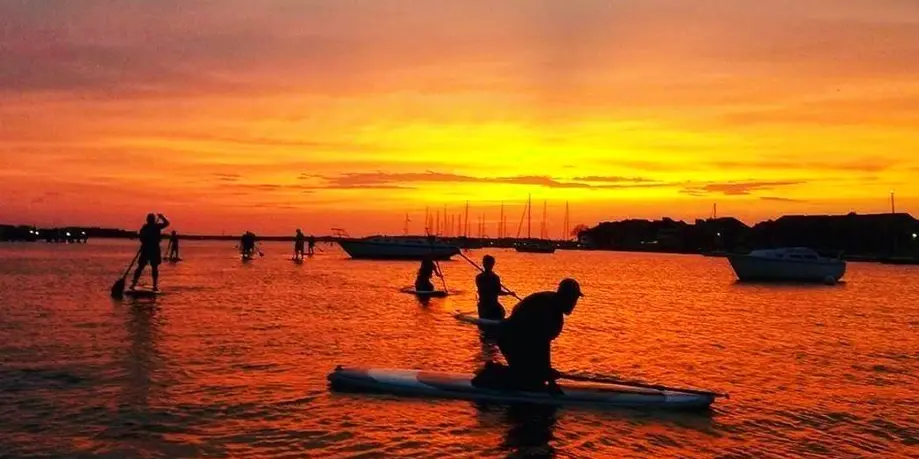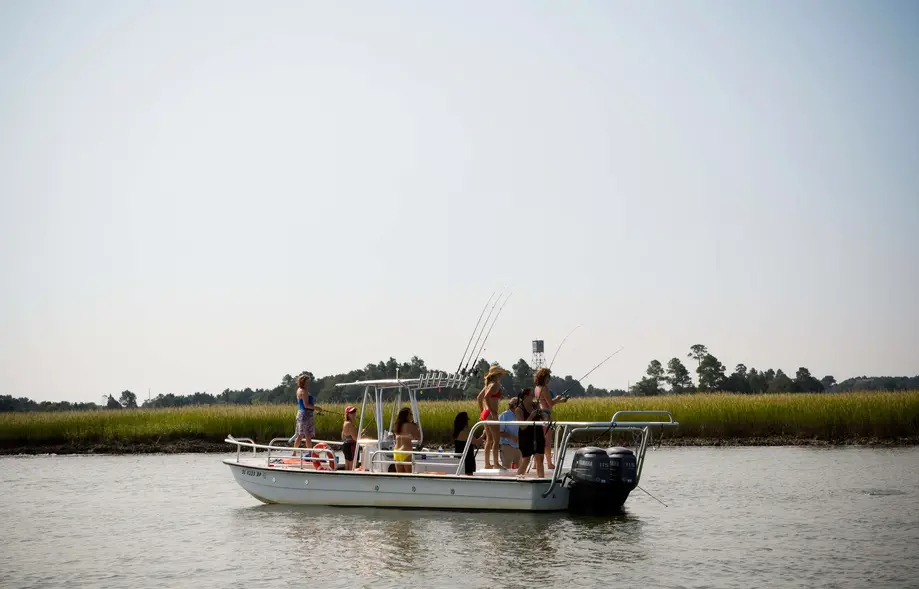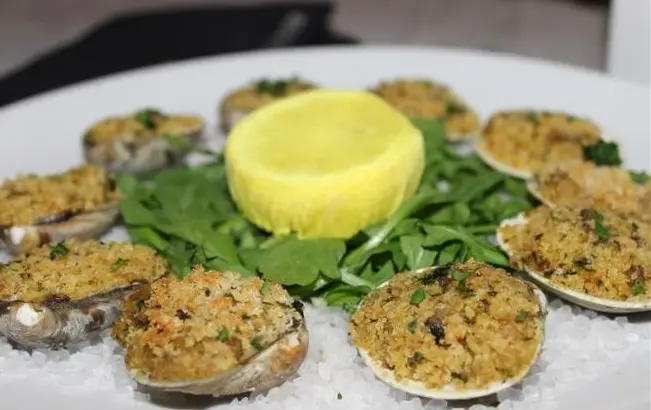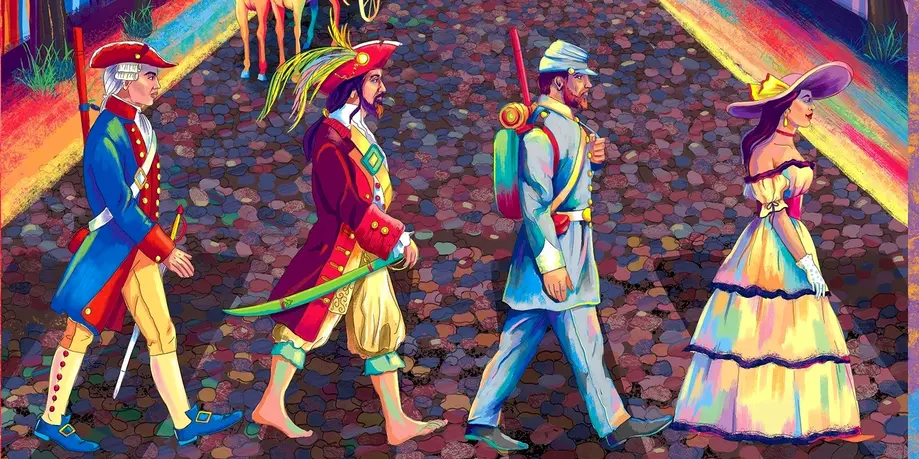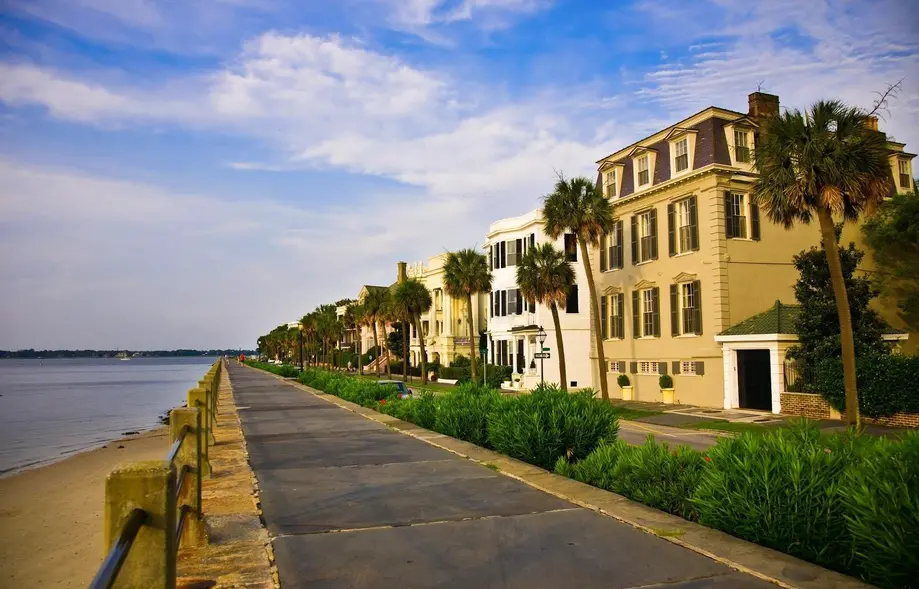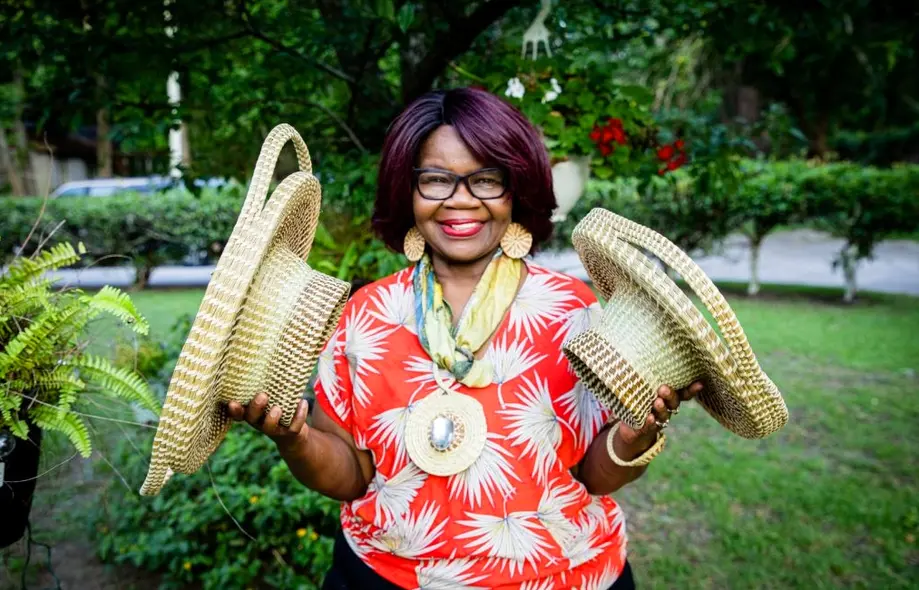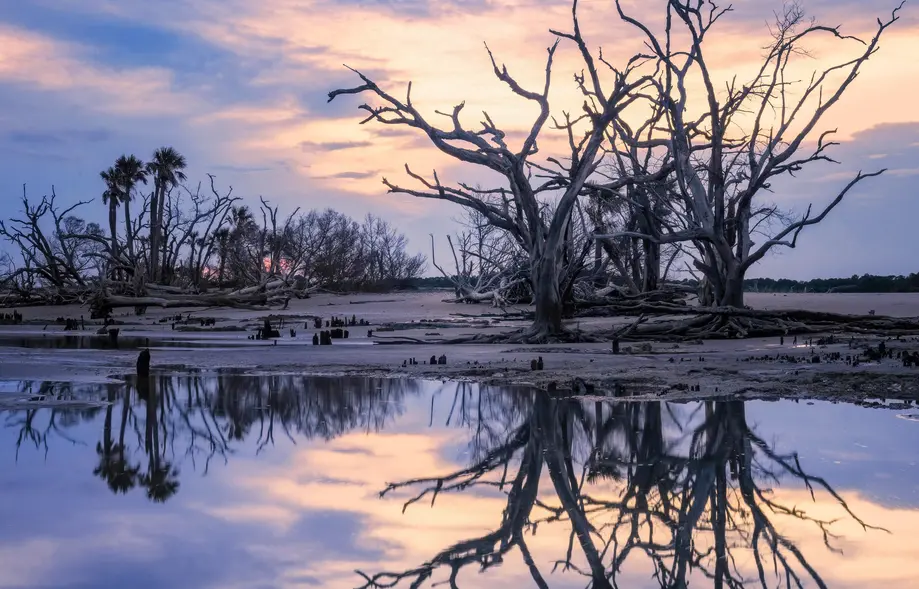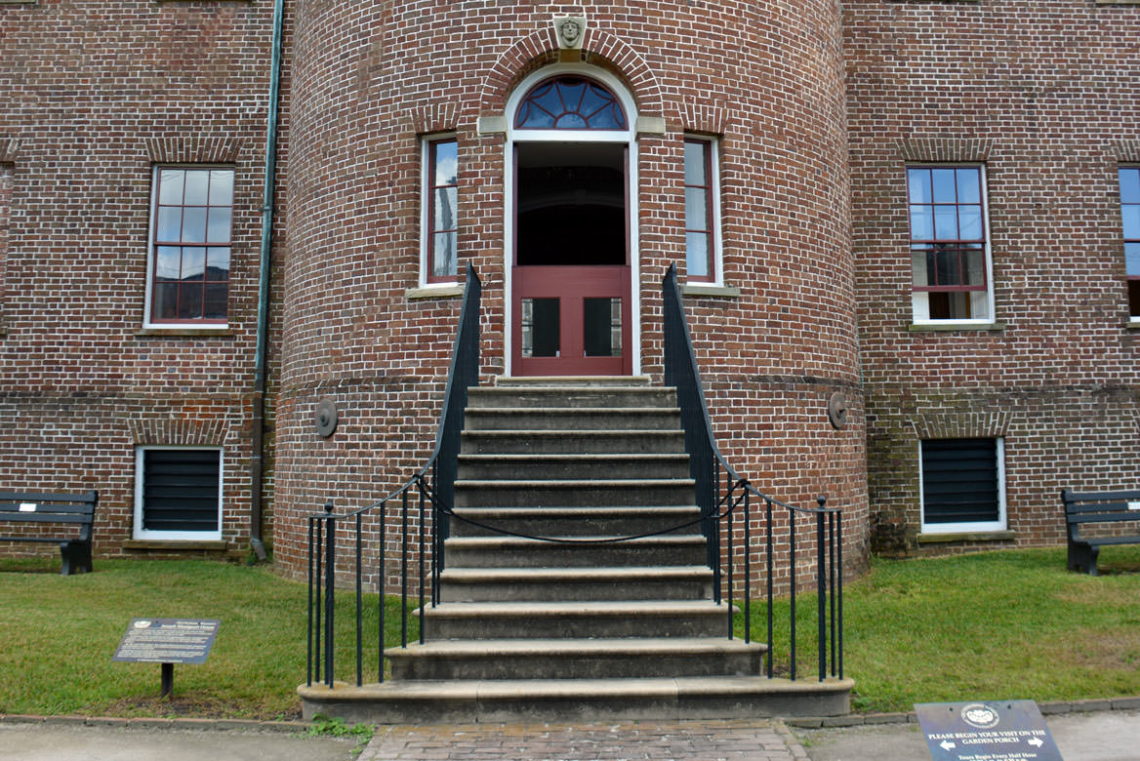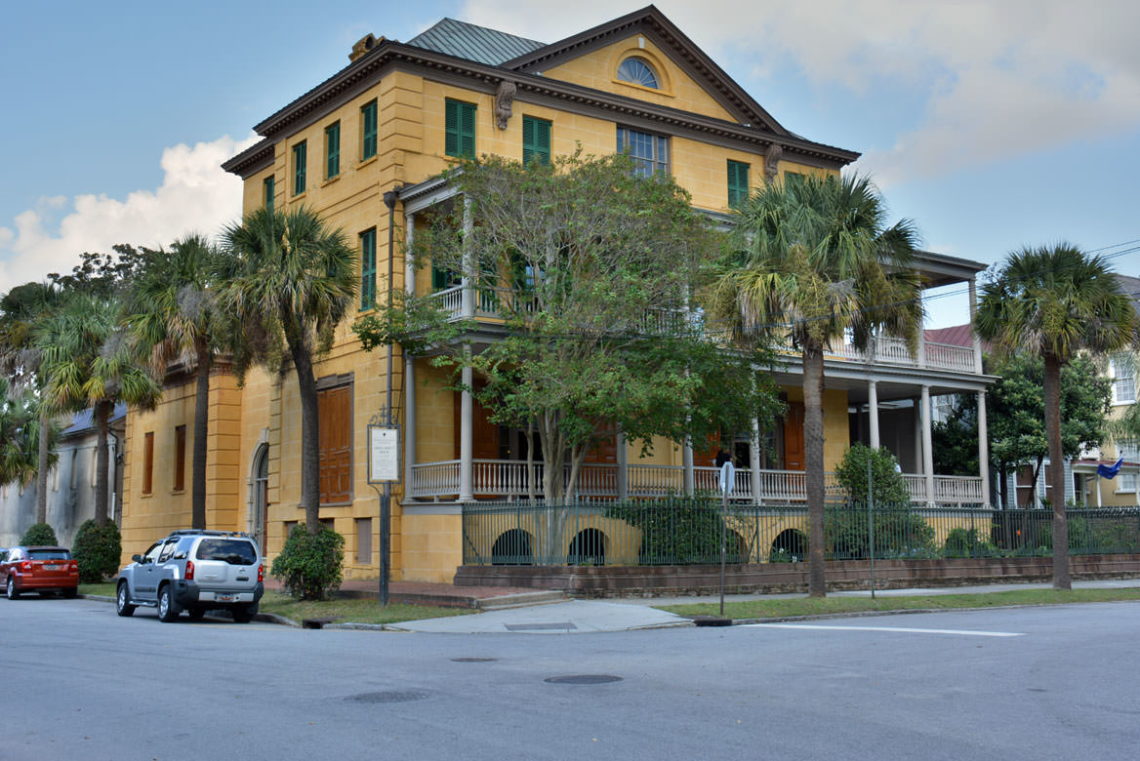South Carolina's oldest city is arguably also one of its most charming, inviting, and altogether purely fun. A collection of historic structures that pre-date the birth of America, opulent gardens and mansions open to the public, and some of the best shopping, dining, and lodging options in the southeast, it's easy to see why this ancient southern town is one of the most popular tourism destinations in the state.

In return, Charleston welcomes visitors with arms wide open. The term "southern hospitality" was seemingly designed for this area, as the city has earned the reputation of being one of the most hospitable destinations in the country - a reputation that was cemented by recent accolades in Travel + Leisure magazine, naming it "America's Most Friendly [City],"and Southern Living magazine, which honored Charleston as "the most polite and hospitable city in America."

Certainly, visitors are welcome to come and experience the city for its friendly nature, slightly-coastal vibe, and blocks upon blocks of world renowned restaurants and boutiques, but the big attraction in this city is the abundant history that can be found, quite literally, around every street corner. Hundreds of buildings in the historic downtown and Lowcountry outskirts have been deemed a national historical landmark, and with quiet streets that are flanked with towering Palmettos - (the city and the state's signature tree) - and centuries-old live oaks, an impromptu stroll can easily turn into a detailed tour of some of the East Coast's most historic, and altogether beautiful, famed national and regional sites.

In Charleston, a rich history, phenomenal collection of architecture, and a unique southern style all combine to make this major city one of the premier tourist destinations in the south. Easily enjoyed by visitors of all interests and from all regions, Charleston should rank at the top on any travelers list of beautiful places to see in the southern United States.

The city of Charleston began in 1670, as the English Colony of "Charles Town," named after and founded by King Charles II of Great Britain. The colony was an end result of English expeditions to this region of the New World that began in 1663, and cumulated in 1670 with the establishment of a new settlement.

As the southernmost colony in the country at the time, this newly established community was subject to a number of potential attacks. Spain, France, and the suddenly displaced Native Americans were all threats to Charles Town, and forts and arsenals, (some of which are still standing), were quickly constructed to protect the small new population.

However, despite this veritable range of threats from the get go, the new settlement was quickly and perpetually a resounding success. The site of Charleston or "Charles Town," bordering the Ashley and Cooper Rivers and located just several miles away from the barrier islands along the Atlantic Ocean, made it a prime locale for a shipping industry to thrive. In addition, the humid Lowcountry terrain that surrounded the area proved to be very fruitful for agricultural ventures, and within a few decades of its initial establishment, Charleston was churning out tons of Indigo and rice to export to ports all over the world. In fact, by the mid-18th century, it's estimated that nearly half the nation's rice was grown and shipped from the now major city of Charleston.

During its early establishment and expansion, the city also became well known for its diverse group of residents - a distinction which would lead to some of the oldest churches, chapels and synagogues in the country. In Charleston, French Huguenots, Jews, Catholics, and other denominations could all escape religious persecution and live in peace, and as a result, a number of some of the oldest structures and congregations related to each religion in America can be found within the historic downtown city blocks.

Of course, despite this relative prosperity and religious freedom, Charleston was not without its flaws. Slavery was at the backbone of this thriving industry, and the city had some of the largest plantations in the states, (with some of the highest numbers of slaves per property.) The majority of current sites and attractions like the Rice Museum or the Magnolia Plantation have special exhibits on this dark but clearly accurate chapter of Charleston's history, and a number of testaments to this forced lifestyle - like some of the oldest slave cabins in the south - can still be found in and around the city.

Also, while Charleston was a hero during the American Revolution, and a wealthy and beautiful landmark during the antebellum period, it would became a shamed and occupied city during the Civil War, with Union troops marching in and overtaking the Southern stronghold in its entirety in 1865. A great fire and massive hurricanes would follow, destroying a number of the original landmarks, but thankfully not all of them, and today visitors can stroll through the small streets and find literally dozens of buildings that pre-date this tumultuous period.

Today, Charleston is a friendly and diverse town that is chock-full of restaurants, antiques, historical attractions, golf courses, art galleries, farmer's markets, expansive gardens, and virtually anything a traveler would need to stay entertained.

The dining scene alone in the city is staggering, with over 700 restaurants in the city and surrounding regions to explore. Ranging from French bistros to easy-going BBQ joints and delis, virtually every palette and appetite can be accommodated in this southern city. Fresh seafood is almost always on the menu, as the water-locked region, that's close to both the Atlantic Ocean and the Intracoastal Waterway, is well-known for having some of the freshest SC shrimp, crabs, and fish available.

Boutiques, galleries, and shopping centers are always in season, as are the wide range of golf courses that inspire visitors to play at their best among some of the most gorgeous landscapes along the coastline. History buffs will want to look into the large number of tours available via a number of mediums, like narrated bus rides or romantic horse and buggy strolls through the historic downtown, and everyone will enjoy the fantastic seasonal celebrations that have become a hallmark of the city, like the yearly Seafood Festival or Charleston's own Oktoberfest.

For accommodations, the city has a sprawling range of nationally-recognized chain hotels, however, most folks find the best places to stay are the intimate inns, bed and breakfasts, and individually rented condos or homes that can be found scattered throughout the downtown area. Appropriately priced, luxurious, and close to all the action, visiting groups of all sizes - from couples to large families - can easily find plenty of inviting room in this southern city during any time of year.

Perhaps best of all, there is no "off-season" in Charleston - the city is always wide open and accommodating for guests throughout the year, with a warm climate that will shake off the winter blues or infuse a summer vacation with an added dose of fun and southern style.

Easily one of the most historically grand cities in the south, Charleston is a stunning destination that is sure to leave visitors smiling. Warm, hospitable, history-rich, and simply beautiful, this southern city is always worthy of exploration, and is always ready to wow newcomers with its deep-seated legacy, incredible modern amenities, and world renowned southern hospitality and downhome charm.
